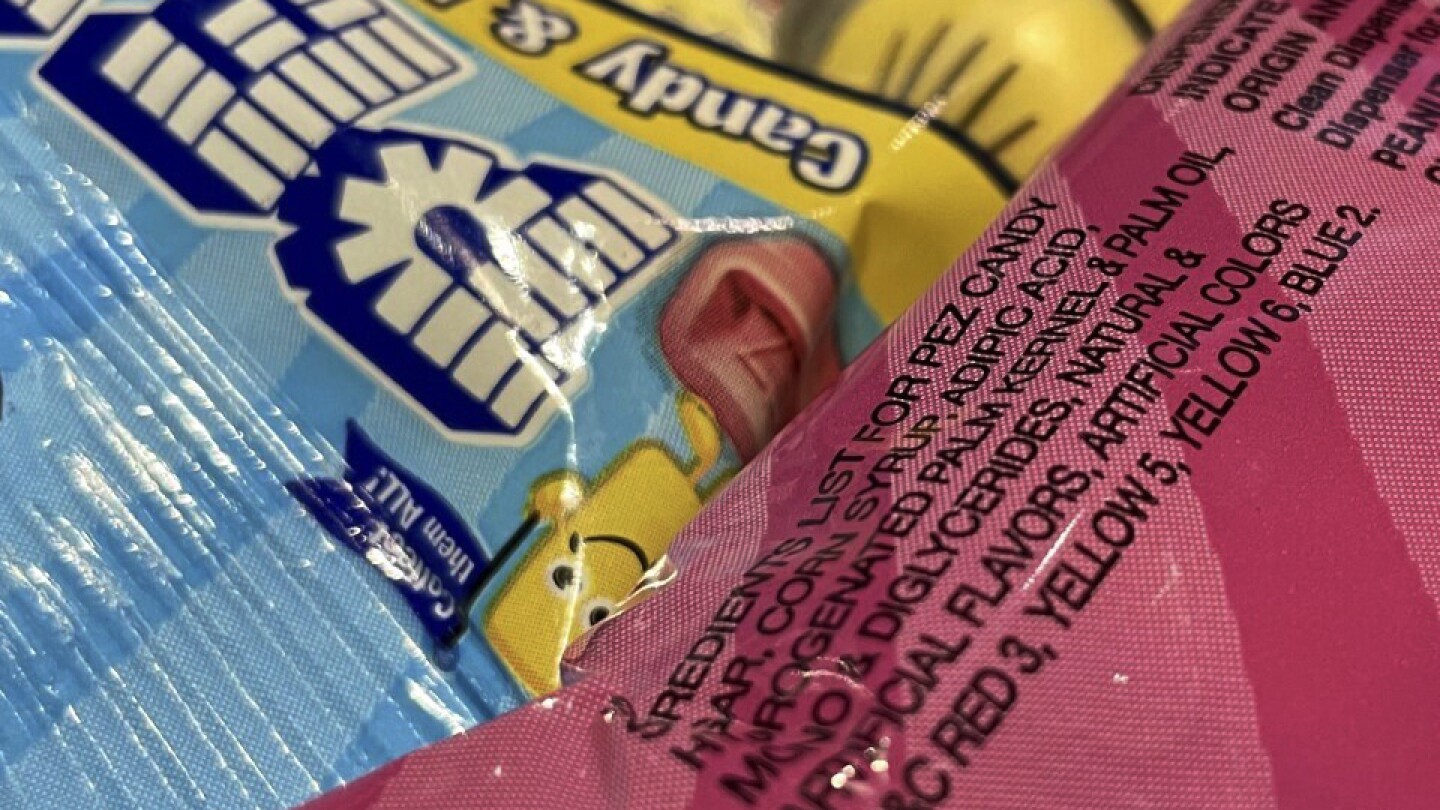In a landmark decision affecting the food industry, U.S. regulators have finally moved to eliminate a controversial food coloring that has raised health concerns for decades. The ban of Red 3, a synthetic dye that gives various foods their bright red color, comes after the substance was already prohibited in cosmetics in 1990 due to cancer concerns in laboratory studies.
What the FDA ban means for consumers
The Food and Drug Administration (FDA) announced on Wednesday that it will prohibit the use of FD&C Red No. 3, also known as erythrosine, in food products, dietary supplements, and oral medications. This action responds to a 2022 petition from food safety advocates and health organizations seeking to remove the synthetic dye from the American food supply.
Jim Jones, the FDA’s deputy commissioner for human foods, explained the agency’s position: “The FDA is taking action that will remove the authorization for the use of FD&C Red No. 3 in food and ingested drugs. Evidence shows cancer in laboratory male rats exposed to high levels of FD&C Red No.3. Importantly, the way that FD&C Red No. 3 causes cancer in male rats does not occur in humans.”
Implementation timeline and industry impact
Food manufacturers have until January 2027 to reformulate their products, while pharmaceutical companies producing oral medications have an additional year, until January 2028, to comply. The ban will affect numerous products, including candies, snack cakes, and maraschino cherries that currently use the dye for their distinctive red coloring.
Many manufacturers have already begun transitioning to natural alternatives, including beet juice, carmine (derived from insects), and pigments from purple sweet potato, radish, and red cabbage. This shift aligns with growing consumer demand for natural food colorings.
Scientific and regulatory context
The ban is based on the Delaney Clause, which requires the FDA to prohibit any food additive found to cause cancer in humans or animals. The International Association of Color Manufacturers maintains that Red 3 is safe at typical consumption levels, citing a 2018 review by UN and WHO scientific committees that validated its safety in food.
Dr. Peter Lurie, director of the Center for Science in the Public Interest, which spearheaded the petition effort, welcomed the decision: “This is a welcome, but long overdue, action from the FDA: removing the unsustainable double standard in which Red 3 was banned from lipstick but permitted in candy.”
The United States joins other nations, including European Union members, Australia, and New Zealand, where Red 3 is already banned for most food uses. California had previously announced its own ban on the dye, set to take effect in January 2027.
The FDA’s decision may face legal challenges, as suggested by FDA Commissioner Dr. Robert Califf in a December congressional hearing: “When we do ban something, it will go to court. And if we don’t have the scientific evidence, we will lose in court.”
More information about Red 3 can be found on the FDA’s website.





